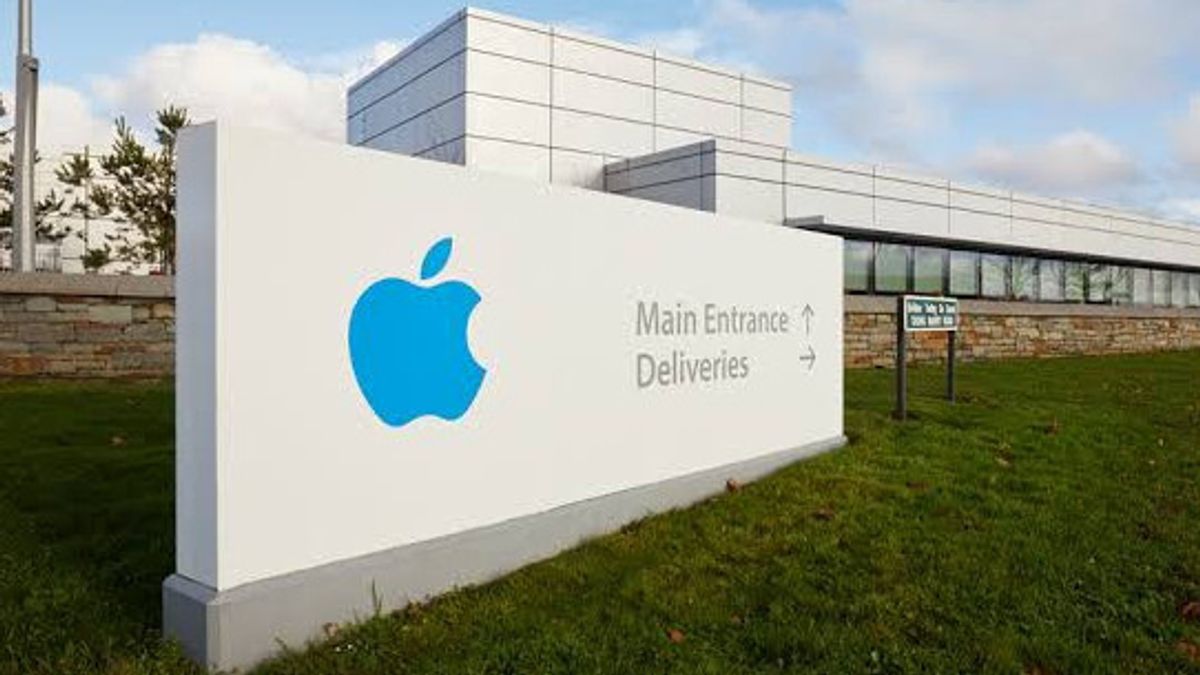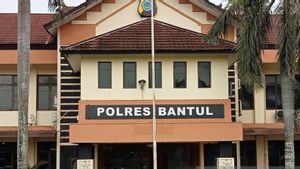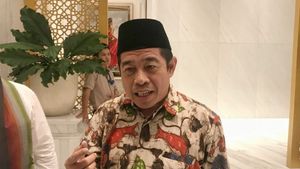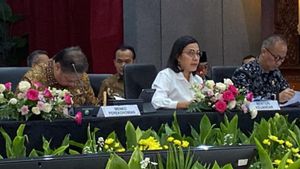JAKARTA - Apple has decided to expand the Restore Fund or Recovery Fund, which was first founded in 2021. The program is designed to advance high-quality nature-based carbon removal projects.
About 200 million US dollars (Rp2.9 trillion) will be disbursed by Apple to encourage global investment to protect and restore critical ecosystems and scale natural carbon removal solutions.
The project also helps tackle residual emissions that have not been avoided or reduced by businesses with existing technologies.
The funds will later be managed by Climate Asset Management, which is a joint venture from HSBC Asset Management and Pollination.
With this new investment, Apple will also remove one million metric tons of carbon dioxide per year at its peak while generating financial benefits for investors.
For Apple suppliers who are partners in funding, they will also be offered a new way to incorporate high-impact carbon removal projects when they decarbonize.
"The Recovery Fund is an innovative investment approach that produces tangible and measurable benefits for the planet, while aiming to generate financial benefits," said Apple's vice president for Social Environment, Policy and Prekarsa, Lisa Jackson.
The path to carbon-neutral economy requires an in-depth decarbonization paired with responsible carbon removal, and innovations like this could help accelerate the pace of progress, he added.
Last year, Apple also asked its suppliers to become carbon neutral in all Apple-related operations by 2030, including all direct and electrical-related emissions, also known as Scope 1 and Scope 2.
Suppliers will be asked to reduce emissions by switching to renewable energy, increasing energy efficiency, and reducing direct emissions.
Earlier this month, the company announced more than 250 manufacturing partners had committed to activating their Apple production with 100 percent renewable energy by 2030.
To accurately monitor and measure the impact of the Recovery Fund project, Apple implemented innovative remote sensing technology, including Habitat and Carbon Space Intelligence mapping, the Upstream Technological Lens platform, and high-resolution satellite imagery from Maxar to compile a map of the carbon habitat and forest from the project area.
This detailed map will help ensure projects meet high standards before investment and will measure and verify the impact of project carbon removal over time.
Apple is also exploring further the use of LiDAR scanners on iPhones to improve monitoring capabilities in the field.
The English, Chinese, Japanese, Arabic, and French versions are automatically generated by the AI. So there may still be inaccuracies in translating, please always see Indonesian as our main language. (system supported by DigitalSiber.id)











